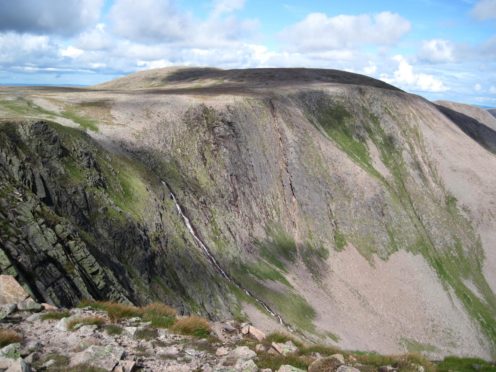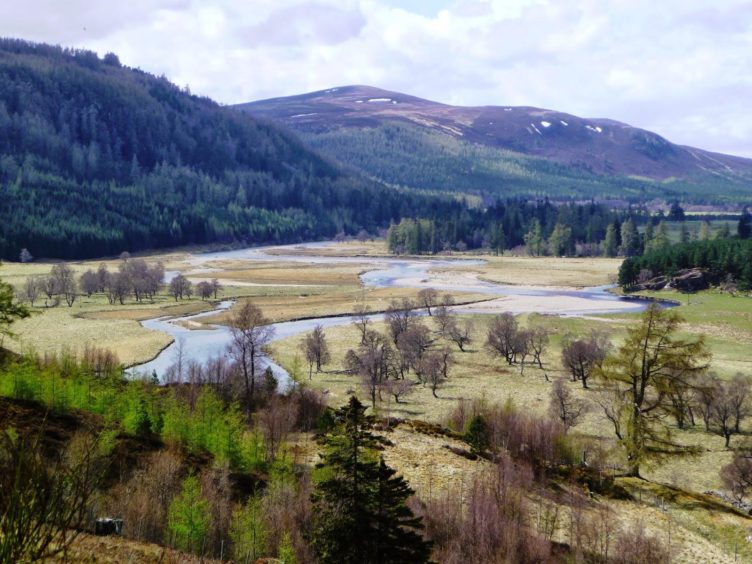Conservationists have celebrated those fighting to protect the rare species and habitats of the Cairngorms as part of a campaign to promote the UK’s national parks.
The national park, which in 2019 attracted 570,000 visitors, is home to a quarter of Scotland’s native forests and is host to more breeding wader birds than the whole of Wales.
It also boasts a quarter of the rare and endangered species in the UK and contains a third of the country’s land that lies about 600 metres.
To mark Discover National Parks Fortnight, which runs until April 18, the Cairngorms National Park Authority (CNPA) along with the Dee Catchment Partnership have highlighted the ongoing efforts to preserve the natural beauty of the park.
One particularly important area within the authority’s care is Braeriach, the third-highest mountain in the UK and the location of the source of the River Dee.
The mountainous area also gives rise to four other major rivers, the Spey, North and South Esk, and the Don, and so proper management of the region has consequences for a much wider area.
Susan Cooksley, manager of the Dee Catchment Partnership said: “The management of a river’s headwaters affects the whole river system.
“These peatlands and small streams are the beginnings of large rivers.
“The runoff from these upper areas of a catchment influences flooding, temperatures and erosion – so the uplands are where these issues should be tackled.
“Half of the Dee – from Dinnet upstream – is located within the Park, and if we don’t get headwater management right, then we will always be fire-fighting further downstream, instead of dealing with issues at their root.”
Sally Mackenzie, conservation officer with the CNPA, said: “Land management in the park is absolutely crucial to achieving long-term solutions to climate adaption and resilience.
“The park is home to many rare and protected habitats and species and our rivers provide vital habitat for spawning Atlantic salmon.
“We are in the privileged position of being able to coordinate work at the landscape scales that can make a difference.
“We’ve led extensive peatland restoration work for example and recently produced a forest strategy to guide vital woodland creation.
“The Cairngorms Nature Strategy guides this work, but also focuses on species conservation and the connected theme of how best to deliver benefits to both people and wildlife.
“Joined-up thinking is essential to tackling the climate crisis and biodiversity emergency, and by uniting our catchment partnerships we make sure that great projects in one area can be a model for the others.”

